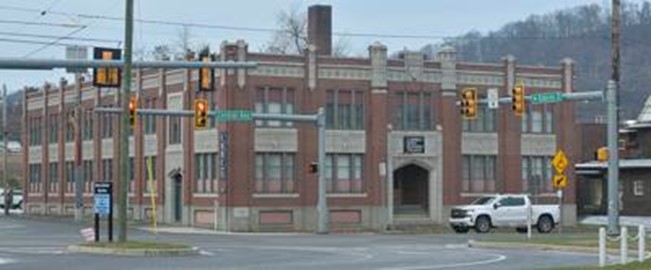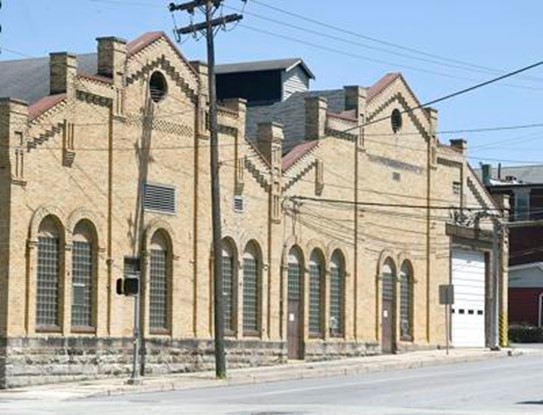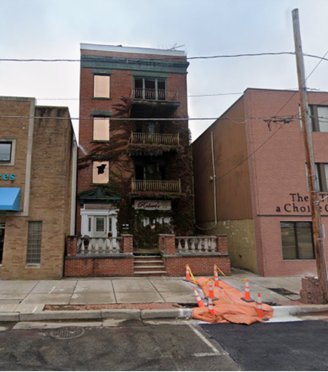- Current
- Rehabilitation
- Property Reuse
- Infrastructure Enhancement
- Blight Elimination
- Brownfield
- Community Impact
221 Central Avenue – Former Cambria Rowe Building
Johnstown Redevelopment Authority Advances Revitalization with Renovations at 221 Central Avenue The Johnstown Redevelopment Authority ...
Former Moxham Bus Barns
630 & 726 Central Avenue – North American Höganäs High Alloys, LLC The Redevelopment Authority ...
Downtown Pocket Park
$30,000 Grant Awarded for Downtown Johnstown Pocket Park Project The Johnstown Redevelopment Authority (JRA) is ...
Demolishing former Sheesley Supply Co. Structures
Blighted Property in Hornerstown Set for Demolition: The Cambria County Conservation and Recreation Authority (CCCRA) ...
From Blight to Bright – The Franklin & Main Makeover
Redevelopment Authority Awarded $233,510 Community Initiatives Grant for Blight Elimination The Redevelopment Authority of the ...
Dornick Point Wastewater Treatment Maintenance
TYM Tractor Purchase – Tractor purchased in November of 2024 for use at the Plant ...
Redevelopment Corridors Grant Awarded
The Franklin Street Corridor/Gateway application was awarded to JRA on behalf of the Community Foundation ...
Center for Metal Arts – Iron Street
JOHNSTOWN, PA – The Johnstown Redevelopment Authority has announced that the Center for Metal Arts ...
Blight Elimination
$64,000 PLEDGED TO ALLEVIATE BLIGHT IN FRANKLIN STREET CORRIDOR JOHNSTOWN, PA – The Johnstown Redevelopment ...
Iron To Arts Corridor
The Iron to Arts Corridor is an expansive project that encompasses infrastructure improvements, landscape architecture, ...










